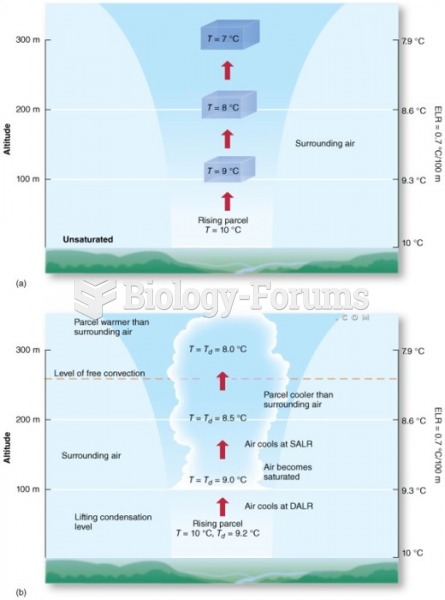Answer to Question 1
In a principal agent relationship, the principal is unable to closely monitor the activities of the agent. Following are some compensation plans used by employers to resolve the problems associated with principal agent relationship:
a) Piece rates - These are relatively rare in the economy, and their existence in any industry reflects certain characteristics of the assembly job and the work environment. For example, piece rate payment in the apparel industry helps in the following ways. First, it is easy to count the number of garments a worker completes and check their quality. Second, the job does not involve team production because an operator's effort translates directly into her own output. No worker's output depends on the efforts of other workers, and effort by one worker does not generate benefits for the others. Third, the worker's output is within her control and is little influenced by random events, so she can count on a strong link between effort and pay.
b) Capitation payments - Such payments by insurers to physicians are in some ways equivalent to piecework. They are fixed amounts for standard procedures like electrocardiograms or simple operations like a tonsillectomy. Capitation reduces the risk of opportunism relative to hourly pay if the insurer is unable to see the actual time a doctor spends on a procedure. An insurer can, however, observe a sample of actual cases and estimate the average time spent by the physician and the value of other resources needed. It is often easy to see the quality of the work that was done (e.g., the patient's tonsils are gone and there were no postoperative problems.) Capitation does not perfectly align the incentives of doctor, patient, and insurer, however.
c) Hourly Pay - Team production makes an individual worker's productivity hard to observe because extra effort by a single worker will usually have little effect on the team's output. Workers on teams may have little choice about their effort levels, for example, if they are on an assembly line whose speed sets the pace for all of the workers. Failure of equipment used by the team can occur at random and lower its output. Hourly pay gives the worker a fixed amount regardless of the task assigned. Not having to repeatedly negotiate pay lowers the cost of moving workers between tasks. Little is likely to be lost on either side because it is generally hard to measure the value created by a particular worker in a particular task.
Answer to Question 2
D







